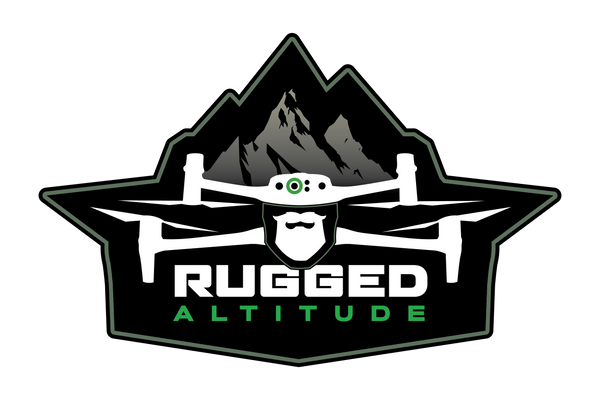5 Proven Ways Drones in Environmental Conservation Boost Wildlife Recovery
Share
1. Monitoring Wildlife Populations
Traditional wildlife tracking methods—tagging, on-foot observation, or manned flights—can be invasive, costly, and limited in scope. Drones offer a smarter, non-intrusive solution:
- Observe from a safe distance without disturbing animals
- Capture high-resolution and thermal imagery of wildlife behavior
- Track migration, population trends, and nesting activity with accuracy
This approach not only improves data quality but also reduces ecological impact and researcher risk.
2. Combating Illegal Activities
Poaching, illegal logging, and unregulated fishing continue to threaten biodiversity across the globe. Drones are helping conservationists turn the tide:
- Surveillance of remote or high-risk areas
- Real-time alerts and live feeds sent to enforcement teams
- High-definition imagery used as legal evidence
With drones, authorities can cover more ground, respond faster, and build stronger cases against environmental crimes.
3. Assessing Habitat Health
Understanding the condition of ecosystems is foundational to preserving them. Drones equipped with advanced sensors offer a powerful diagnostic tool:
- Multispectral imaging for vegetation health
- LiDAR scans for topography and biomass analysis
- Soil and water assessments through sensor payloads
This data enables conservation teams to detect early signs of degradation, plan restoration, and track long-term recovery.
4. Boosting Public Engagement and Awareness
Beyond data collection, drones are also helping to tell the story of conservation in compelling ways:
- Capture breathtaking aerial visuals of ecosystems and species
- Highlight both challenges and conservation success stories
- Support outreach, education, and fundraising campaigns
These visuals help bridge the gap between scientific work and public understanding—sparking awareness, empathy, and action.
Conclusion: A New Era for Conservation
Drones are reshaping what’s possible in environmental conservation. Their ability to safely, efficiently, and accurately collect data—paired with their capacity to mobilize public support—makes them a critical tool in the fight to protect our planet.
Whether tracking endangered wildlife or exposing illegal deforestation, drones are helping us act faster, smarter, and more effectively.
As we face rising environmental challenges, the integration of drone technology is not just a benefit—it’s a necessity. Let’s continue to invest in and support innovation that strengthens our stewardship of Earth’s most vital ecosystems.
